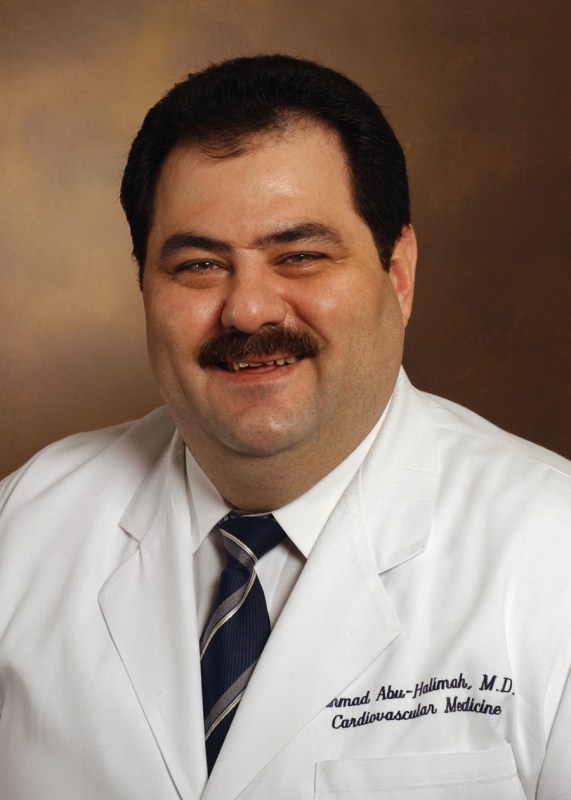Murfreesboro cardiologists offer new option to access the heart
Vanderbilt Heart-Murfreesboro cardiologists are performing cardiac catheterization by accessing the heart via the radial artery located in the wrist.
They recently introduced this approach at Middle Tennessee Medical Center for a variety of procedures such as coronary arteriograms, angioplasty and stents.
Larry Farmer, 61, of Murfreesboro, recently underwent radial artery catheterization in Murfreesboro.
“It was much easier on me,” said Farmer, who had undergone traditional catheterization in the past. “After 24 hours I had no problems at all.”
Utilizing the radial artery for cardiac catheterization and coronary interventions requires more skill than the traditional femoral artery (located in the groin), but carries many benefits for patients.
“It is more convenient for the patients to have the cardiac angiogram done through the wrist,” said Ahmad Abu-Halimah, M.D. “Patients are mobile in less than half an hour after the procedure.”

Ahmad Abu-Halimah, M.D.
Performing life-saving cardiac procedures via the radial artery is less painful and carries significantly lower risks, complications and side effects than the conventional approach, Abu-Halimah said.
The radial artery approach lowers the risk of post-operative bleeding, which is associated with higher death and complication rates. Coronary stenting from the radial artery is safer for patients, especially those on multiple blood thinners.
Interventional therapy from the radial site requires that the cardiologist has additional skill, expertise and training, Abu-Halimah said.
“Physicians should be familiar with the requirements and equipment used for both the radial and femoral approaches.
“The trans-radial approach requires unique equipment, and a cardiologist who has developed the skill necessary for this technique. Contrary to the usual faster and easier femoral approach, the radial approach has a significant learning curve,” he said.
Abu-Halimah and his Vanderbilt Heart-Murfreesboro colleagues have extensive experience with these procedures at Vanderbilt University Medical Center, having used it on complicated cardiac interventions, and have collaborated to bring the procedure to the Murfreesboro community.
VUMC currently performs about 45 percent of its interventional cardiology cases with the radial technique.













